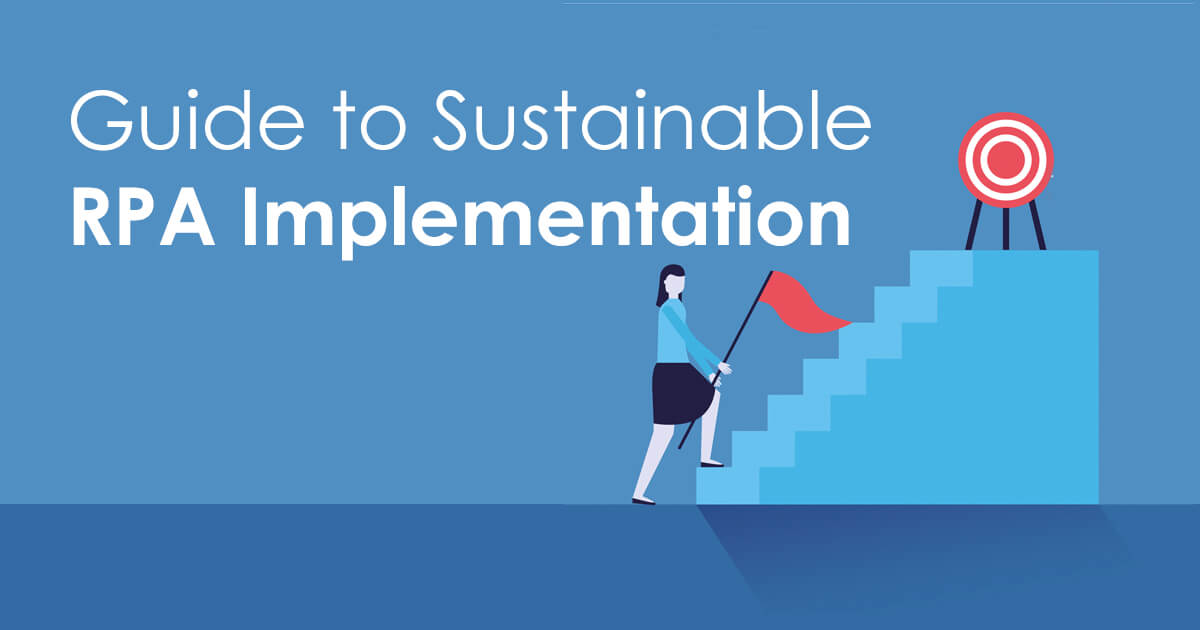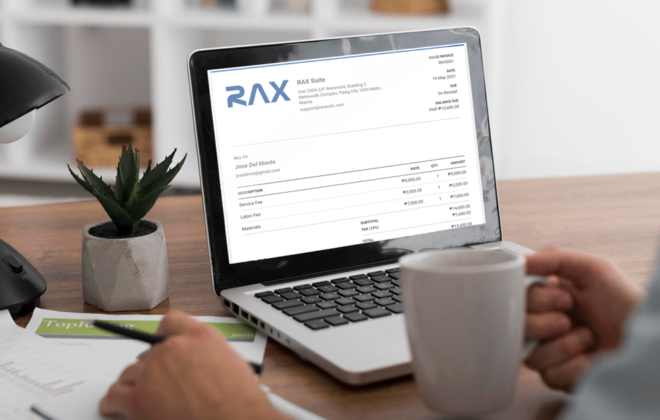Guide To Sustainable RPA Implementation
Step 1: Pilot Testing
 A general early step is to identify smaller or simplified processes to be automated. The integration of RPA software into a company’s existing IT architecture can be tested and evaluated in this pilot phase. The interactions between various data sources and the automation of data processing can be illustrated and be used as a proof-of-concept, which will serve as a basis for an easier and more comprehensive communication within the organization. The proof-of-concept could also help in identifying additional and suitable workflow.
A general early step is to identify smaller or simplified processes to be automated. The integration of RPA software into a company’s existing IT architecture can be tested and evaluated in this pilot phase. The interactions between various data sources and the automation of data processing can be illustrated and be used as a proof-of-concept, which will serve as a basis for an easier and more comprehensive communication within the organization. The proof-of-concept could also help in identifying additional and suitable workflow.
Step 2: Implementation
 As mentioned, the pilot phase yields valuable experience and allows to better understand and derive RPA use cases within the organization. With this, a business case can be set up, specifying steps and resources needed to start the implementation accordingly. Developing a team – a robotics program – dedicated to carrying out the organization’s automation goals is also vital in this stage. This group of IT experts, analysts, and developers will be the one assigned to deploy automation. These key persons are tasked to assess whether the program delivers value efficiency, anticipate process changes and reflect these changes into virtual assistants. To remedy potential errors, it is advised to first deploy a software robot safely in a separate test environment. This will also allow business leaders to observe and evaluate how open his members are to working with robots.
As mentioned, the pilot phase yields valuable experience and allows to better understand and derive RPA use cases within the organization. With this, a business case can be set up, specifying steps and resources needed to start the implementation accordingly. Developing a team – a robotics program – dedicated to carrying out the organization’s automation goals is also vital in this stage. This group of IT experts, analysts, and developers will be the one assigned to deploy automation. These key persons are tasked to assess whether the program delivers value efficiency, anticipate process changes and reflect these changes into virtual assistants. To remedy potential errors, it is advised to first deploy a software robot safely in a separate test environment. This will also allow business leaders to observe and evaluate how open his members are to working with robots.
Step 3: Maintenance and Upgrade
 This perhaps is the most challenging phase in scaling RPA which can be managed through proper and consistent governance. On top of appropriate governance and assets, the robotics program should also have resources for maintenance. Maintenance is needed to address changes like application upgrades so that virtual assistants can continue to operate processes that they are built for. RPA tools have their limitations and for a period of time requires additional technological support. This requires the robotics program to aware of technological developments and listen to users’ evolving needs. The robotics team must also be able to provide an impact analysis with the objective to conclude whether the deployed virtual assistant should be updated or decommissioned so that the company can maximize RPA benefits and demonstrate value in the long run.
This perhaps is the most challenging phase in scaling RPA which can be managed through proper and consistent governance. On top of appropriate governance and assets, the robotics program should also have resources for maintenance. Maintenance is needed to address changes like application upgrades so that virtual assistants can continue to operate processes that they are built for. RPA tools have their limitations and for a period of time requires additional technological support. This requires the robotics program to aware of technological developments and listen to users’ evolving needs. The robotics team must also be able to provide an impact analysis with the objective to conclude whether the deployed virtual assistant should be updated or decommissioned so that the company can maximize RPA benefits and demonstrate value in the long run.
-
Engage with third party RPA software provider. Aside from professional consultations, RPA software companies provide automation solutions that complement their clients’ technological needs.
-
Set up hackathons. This entails organizing events that gather voluntary developers who collaborate and join their efforts to provide a solution to a business issue.
-
Join in design thinking workshops and address use cases by integrating RPA tools with other technology add-ins such as Natural Language Processing (NLP) which helps a computer to comprehend, interpret, and manipulate human language to analyze large amounts of data, Machine Learning (ML) which enables a system to automatically learn and improve processes without human interventions, and Optical Character Recognition (OCR) which provides a computer the ability to capture information from a non-structured data such as images in pdf format and automatically feed that information to the business application.





